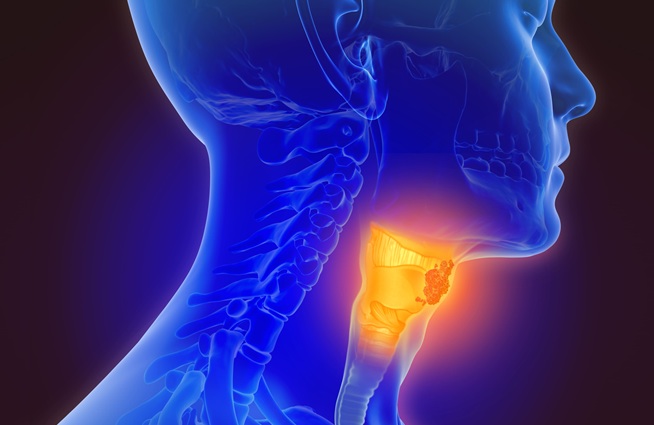Dental Research Effort Aims to Stem Oral Cancer in India
By LabMedica International staff writers
Posted on 24 Sep 2015
Pioneering use of laser technology to advance better methods of tracking and treating oral cancers (OCs) is leading to the ability to noninvasively detect these cancers with a portable device.Posted on 24 Sep 2015
Regular biopsies were standard practice to monitor precancerous mouth lesions before they may metastasized. But often patients did not return after the first biopsy due to the pain. Petra Wilder-Smith, DDS, PhD, professor-in-residence and director of the dental program at the Beckman Laser Institute & Medical Clinic, University of California, Irvine (Irvine, CA, USA) and M.A. Kuriakose, chief of head and neck oncology at the Mazumdar-Shaw Cancer Center (Bangalore, India) have partnered in leading teams to develop and test a low-cost, portable screening device that field-workers in India can use to detect possible OC. The device is solar-powered, slightly larger than a shoebox, and can take laser images of oral lesions that will be sent via mobile phone to Mazumdar-Shaw and Beckman Laser Institute for assessment. The technology could enable people—many of whom rarely see dentists—to receive early-stage care and dramatically improve their outcomes.
“Petra is widely recognized for her visionary leadership in the pioneering use of optics and photonics technologies for improving oral health,” said Bruce Tromberg, director of the Beckman Laser Institute, “She has a special combination of abilities as a compassionate clinician with a unique understanding of patient needs, particularly in medically underserved communities.”
OCs are caused by a variety of factors, including tobacco and alcohol use, HPV infections, poor diets, and the chewing of betel quid, which is common in many parts of Asia. Most OC patients first see a doctor at late stages where survival rates are under 40%. In low-resource nations like India, which has the planet’s highest burden of OC (about 80,000 new cases annually), the situation is more acute, primarily due to lack of awareness and healthcare access. Data from the Million Death Study show that OC accounts for 35% of all cancer deaths among Indian men.
The study is in its first phase. Teams from Beckman and Mazumdar-Shaw have traveled India gauging mobile phone reception, and a prototype of the device has been tested on a small group of patients. They are gearing up for testing a larger cohort of subjects across India.
“We’re in the process of reviewing the data now to figure out where we draw the lines that determine whether a measurement signifies that the tissues are normal or precancerous or malignant,” said Dr. Wilder-Smith, “We’re really satisfied with the progress.” With another collaborator at the University of Arizona, she is creating a snap-on laser device for smartphones that can also perform lesion analysis in the field. The technology is in its experimental phase, and the researchers are seeking funding to support further development. “We are truly advancing methods to remotely use laser technology to diagnose tissues, which can help out both patients and oncologists,” she said.
Related Links:
Beckman Laser Institute & Medical Clinic, U California, Irvine
Mazumdar-Shaw Cancer Center




 assay.jpg)









